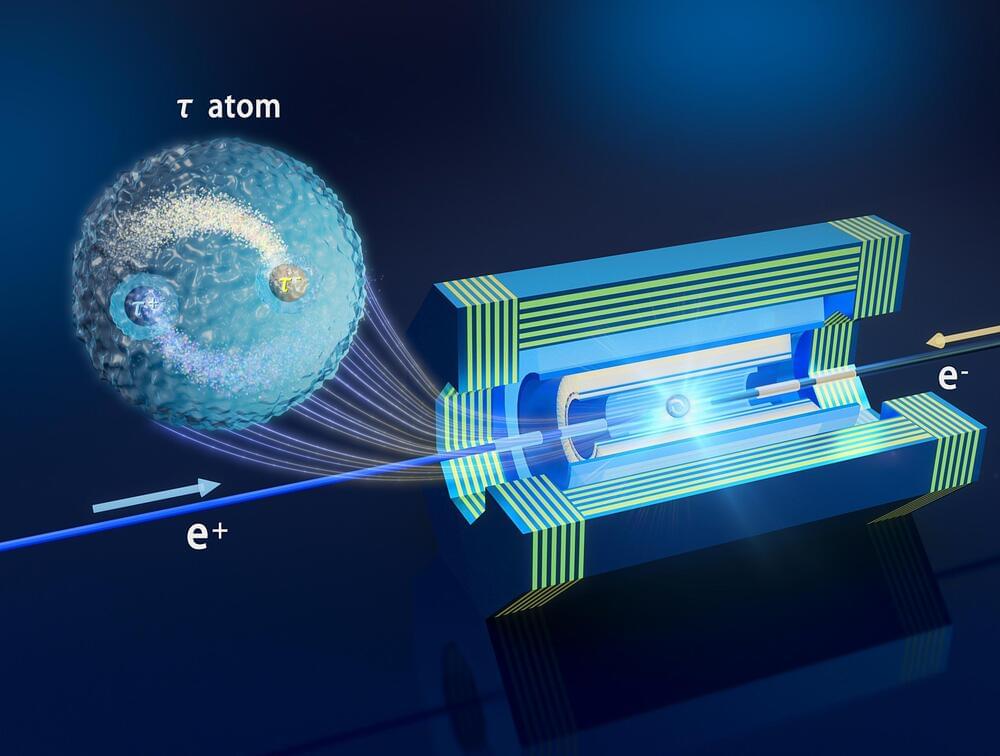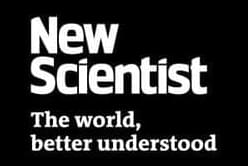May 20, 2024
Windows 11 Recall AI feature will record everything you do on your PC
Posted by Raphael Ramos in category: robotics/AI
A new Winows 11 feature that will remember what you did in your PC.
Microsoft has announced a new AI-powered feature for Windows 11 called ‘Recall,’ which records everything you do on your PC and lets you search through your historical activities.
Recall works like a photographic memory for your PC, letting you access everything you’ve seen or done on your computer in an organized way using queries in your native language.
Continue reading “Windows 11 Recall AI feature will record everything you do on your PC” »


















